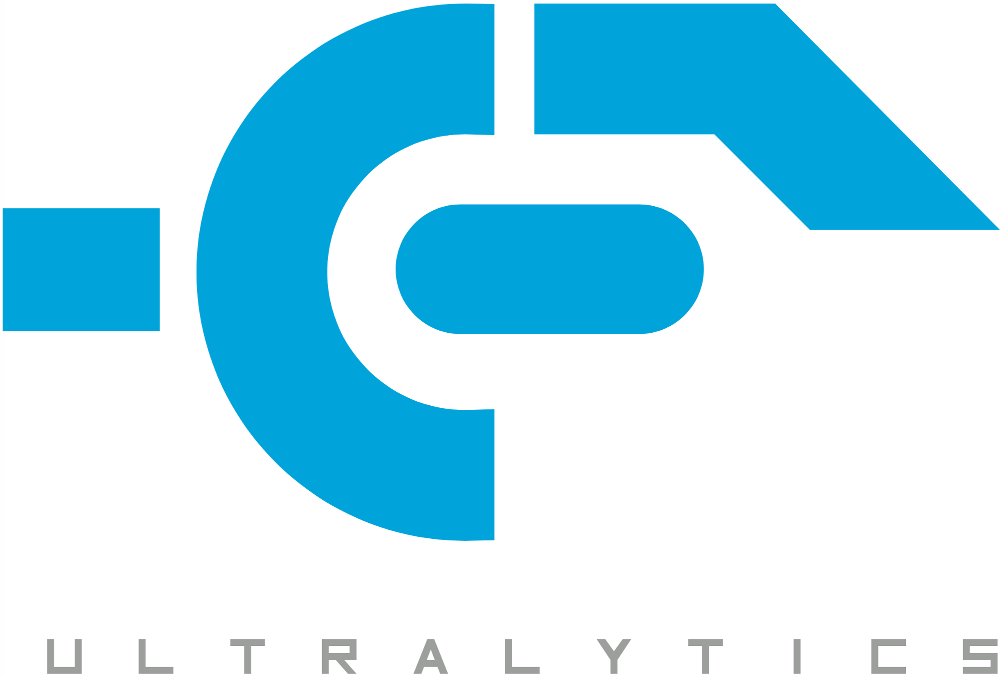Hello, please I would like to ask you if you did your training using this repo. Did you change the anchors ? and what are the height and widths of your images ? About your problem. I m only a beginner but I think you can solve it using non minimal suppression NMS



I am training Yolov3 with my own dataset.... only one class,person。
Sometimes the following situations occur when predicting pictures:
What is the reason? Where should I start?
Please....Help....